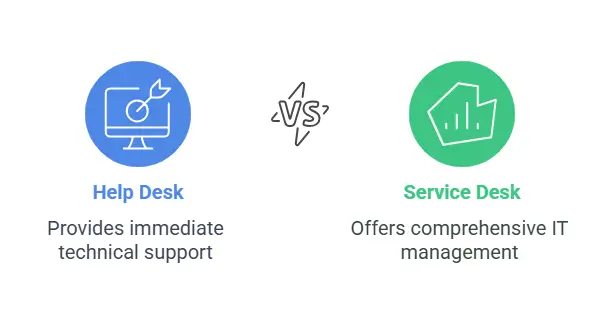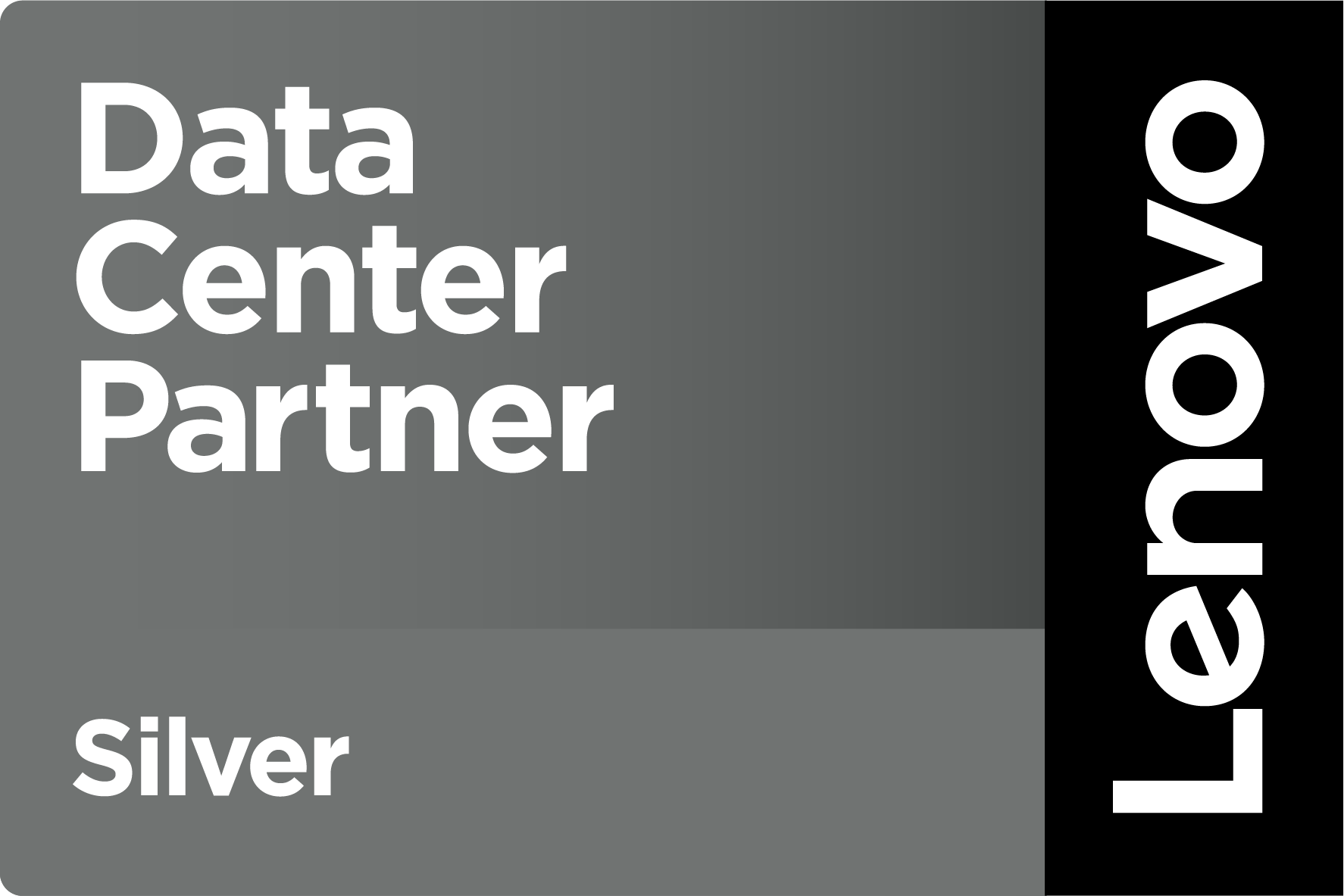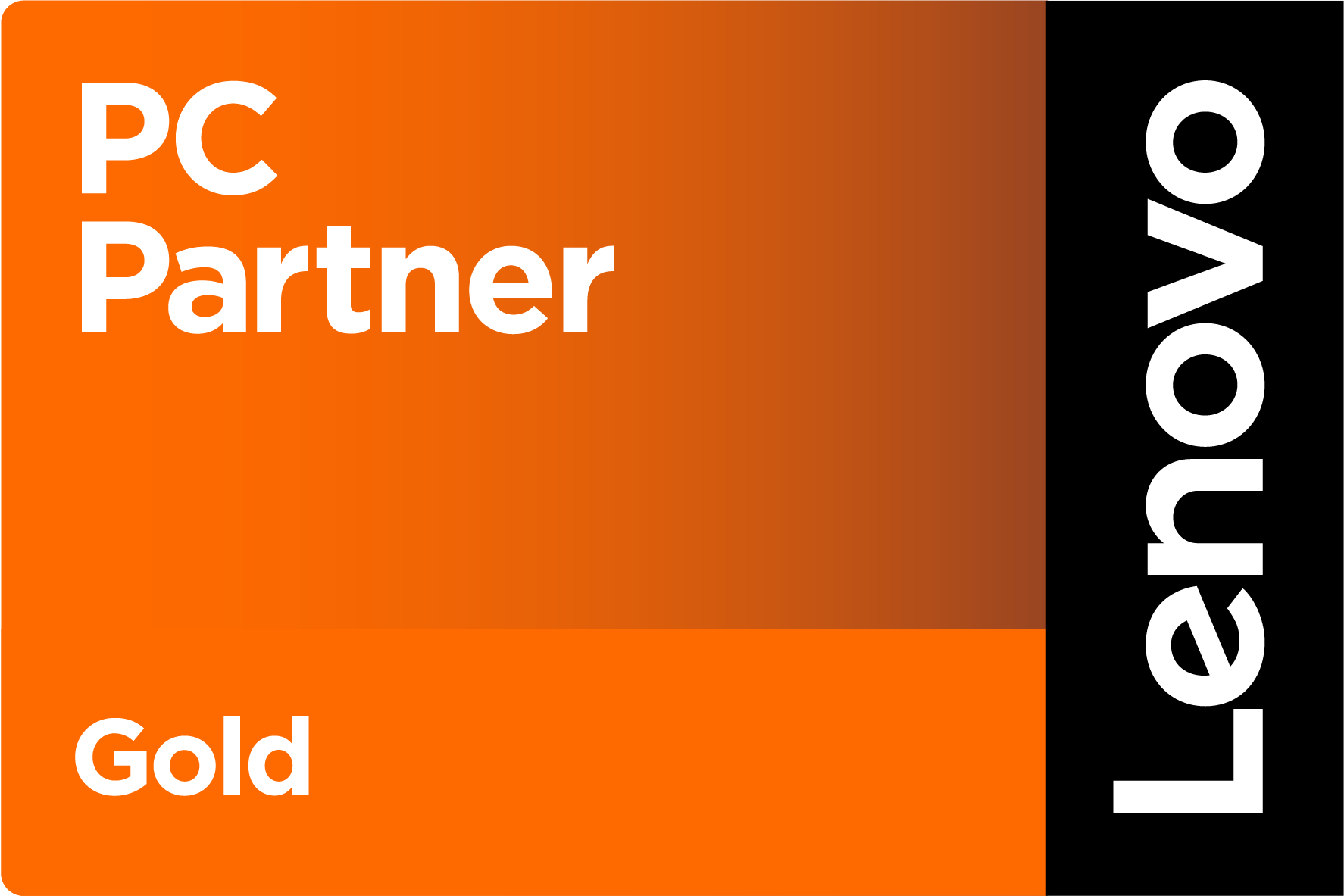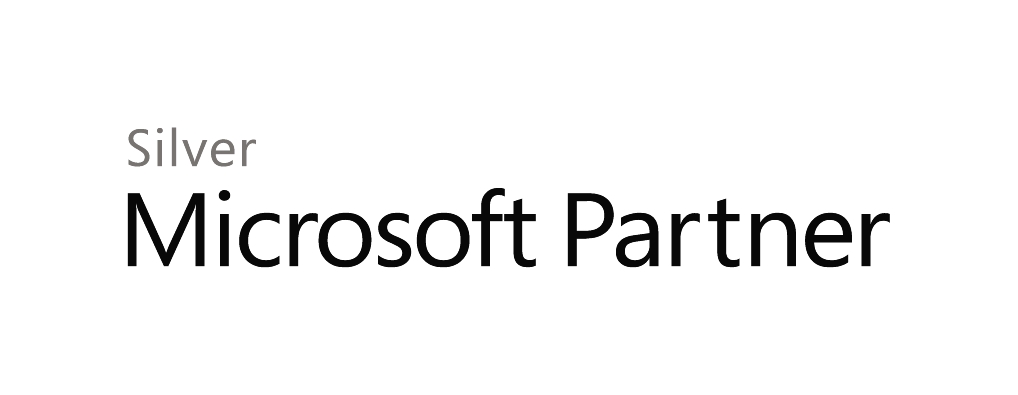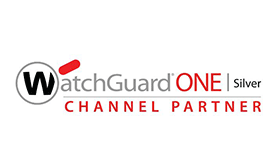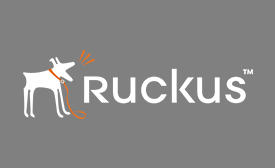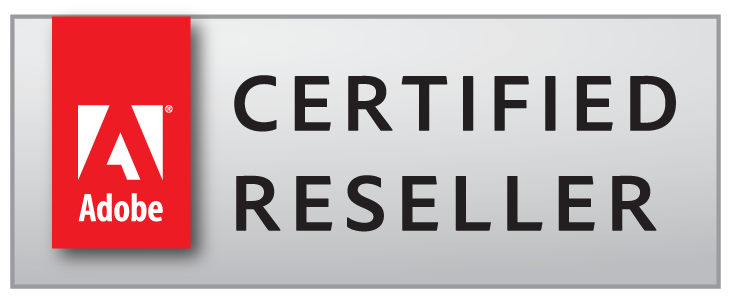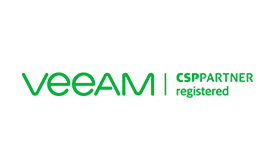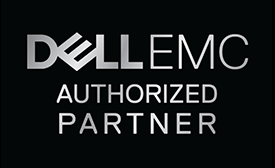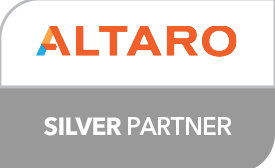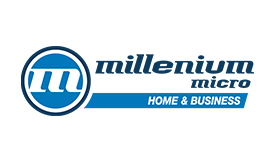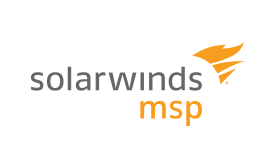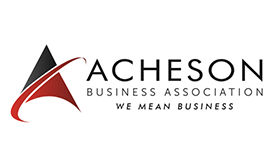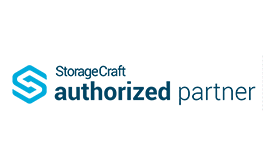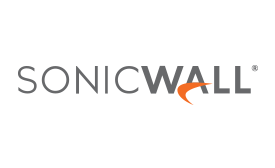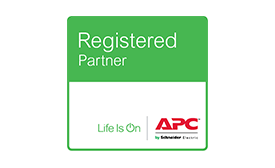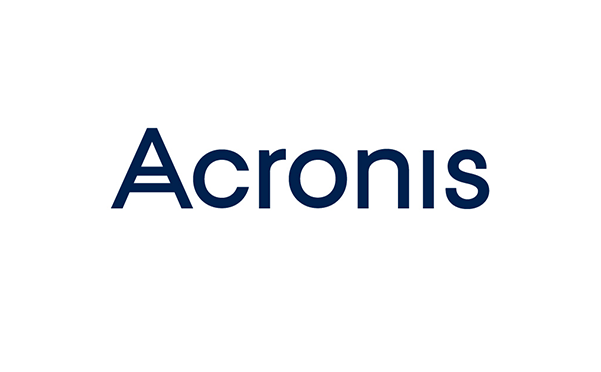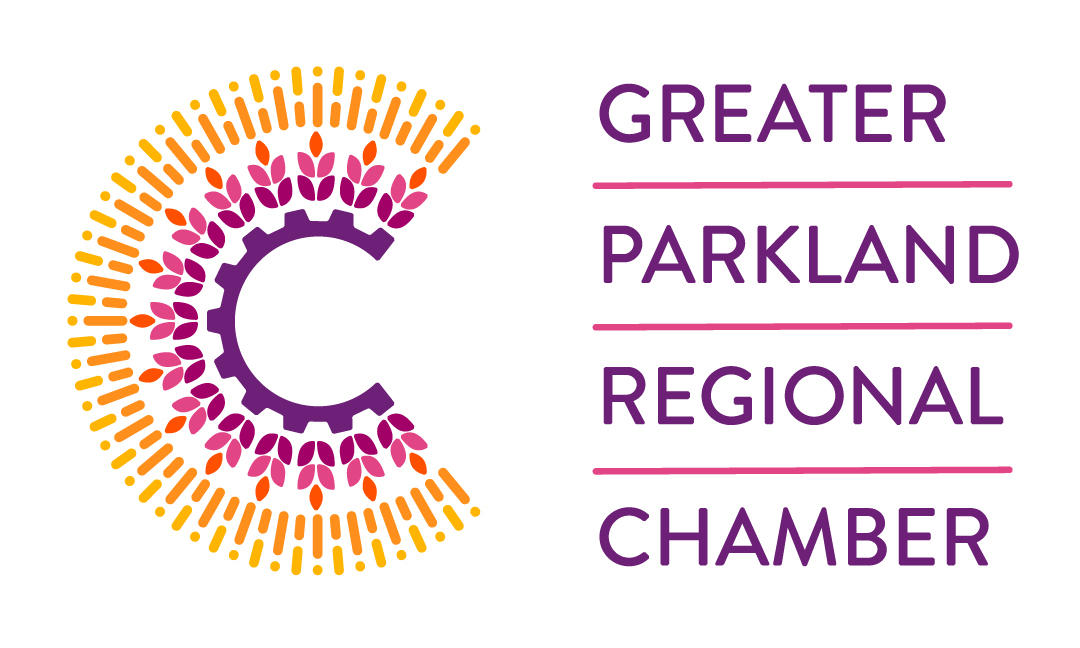
How Help Desk and IT Support Impacts Your Business Efficiency
Businesses rely heavily on their IT infrastructure to stay competitive. A poorly managed IT environment can cause disruptions, security issues, and even loss of productivity. 94% of businesses report that a single hour of downtime can cost them over $100,000. This statistic shows how crucial it is to have the right IT support.
Kevin White, CEO of TRINUS, says, “Choosing the right IT support and help desk services can make or break the efficiency of your business operations.”
This blog will explore the differences between help desk and IT support, explain how they work together, and help you decide which is best for your business.
Get Reliable IT Support for Your BusinessKeep your systems secure, operational, and efficient with customized support solutions. |
What is IT Support and What Does It Do?
IT support is a comprehensive service that ensures the smooth running of all your technology systems, from hardware to software. Unlike a help desk, which focuses on day-to-day issues, IT support proactively manages your company’s entire IT infrastructure.
IT support includes activities like:
- Network management: Ensures your network is secure and functions properly.
- Cybersecurity solutions: Protect your systems from potential threats like viruses or hackers.
- System optimization: Ensures your IT resources, including hardware and software, are running at their best.
- Troubleshooting complex issues: When things go wrong, IT support steps in to fix deeper, complex problems.
IT support aims to prevent technology issues before they arise, making it a vital part of any business’s long-term IT strategy. Having a solid IT support team is key to avoiding unexpected disruptions.
What is Help Desk, and What Does It Do?
On the other hand, a help desk is the first point of contact when employees or customers run into problems. Helpdesk agents have a 45.1% utilization rate, spending nearly half their workday actively supporting users. It’s typically the go-to service for quick troubleshooting, fixing common issues, and providing assistance with everyday tech challenges.
A help desk focuses on:
- Basic troubleshooting: Resolving simple problems like password resets, printer issues, or software glitches.
- Ticket management: Tracking and resolving user issues through a systematic ticketing system.
- Remote support: Offering solutions from a distance to quickly address problems without needing to visit onsite.
- User training: Teaching employees how to use software and systems more effectively.
While help desk staff are usually equipped to handle quick fixes, they aren’t responsible for more complex system management. For anything beyond basic troubleshooting, IT support would need to step in.
A well-managed help desk can dramatically improve productivity and employee satisfaction.
| More articles you might like: |
Help Desk vs IT Support: Key Differences
Now that we’ve covered what each service does, let’s explore the key differences between help desk and IT support. This comparison will help you understand where each service fits into your business.
Scope of Services
The biggest difference between IT support and help desk lies in the scope of services. IT support offers comprehensive, proactive management of your entire IT infrastructure. This can include network management, cybersecurity, and hardware maintenance.
In contrast, the help desk handles only day-to-day issues. It deals with user inquiries and basic troubleshooting, often responding reactively to problems as they arise.
For example:
- IT support might handle server issues, backing up your data and protecting them from cyber threats.
- Help desk would assist an employee in troubleshooting software issues or resetting a password.
While both services are crucial, IT support is for ongoing, preventive management, whereas help desk is for quick fixes and user support.
Engagement with Users
Another key difference is how each service engages with users. The help desk is typically the first point of contact for employees or customers. They’re there to answer questions, resolve issues, and offer guidance. IT support, on the other hand, tends to be more behind the scenes, working on systems and infrastructure.
Think of the help desk as frontline workers handling immediate needs, while IT support focuses on ensuring the entire technology system is functioning optimally to prevent issues from cropping up in the first place.
Being Proactive vs Reactive
An important distinction between help desk and IT support is their approach to problem-solving. IT support is proactive. It monitors your systems to identify and solve potential issues before they cause damage. This can include regular system updates, patch management, and network monitoring.
In contrast, help desk services are more reactive. They respond to issues after they occur, such as fixing a software bug or helping a user with a technical issue. While help desk services are essential for addressing immediate problems, IT support helps keep your systems secure and agile in the long term.
The Benefits of Both IT Support and Help Desk Services
Both IT support and help desk are essential for a healthy IT environment. While their roles differ, they work together to create a seamless experience for employees and customers.
Why Businesses Need IT Support
Your business needs IT support to stay ahead of security threats, optimize your systems, and ensure everything works as expected. IT support professionals keep your business’s IT environment running smoothly by:
- Protecting against cyber threats and data loss
- Monitoring networks to catch potential issues early
- Implementing system upgrades and maintaining hardware and software
Why You Need a Help Desk
On the other hand, the help desk is essential for keeping employees productive. Without a help desk, your team would have to troubleshoot issues independently, wasting time and decreasing efficiency.
Some key benefits include:
- Immediate problem resolution
- Support for day-to-day technical issues
- Better customer service, as issues are resolved quickly
Together, IT support and help desk services allow businesses to focus on growth without worrying about tech disruptions. One tackles proactive maintenance, while the other ensures that minor issues are resolved quickly.
Help Desk vs Service Desk: What’s the Difference?
There’s also the service desk to consider. Though it may sound similar to a help desk, a service desk tends to be more formal and structured. It integrates into the broader IT service management framework and often covers everything from incident management to service requests.
While a help desk focuses primarily on immediate technical support, the service desk may handle software provisioning, IT asset management, and change requests.
A service desk might be better for businesses with complex IT environments. However, for most small and medium-sized businesses, the help desk and IT support roles are sufficient.
How Help Desk and IT Support Work Together
While IT support and help desk have different roles, they work together to create a comprehensive IT solution. When issues arise, the help desk can escalate more complex problems to the IT support team to resolve the problem.
For example, if an employee experiences a network outage, the help desk will first troubleshoot basic issues. If the problem persists, they’ll escalate the case to IT support, who will dig deeper into network issues to find a solution.
This collaboration ensures that your business always has the support it needs, whether for immediate help or long-term IT management.
How Help Desk and IT Support Contribute to Your Business Growth
While we’ve covered the differences between IT support and help desk, another important aspect is how each service impacts your business growth. Beyond handling issues, both help desk and IT support contribute significantly to your business’s productivity, efficiency, and overall success.
Let’s see how these services support business growth:
| Impact Area | IT Support | Help Desk |
| Employee Productivity | Ensures smooth IT operations, minimizing downtime and enhancing productivity. | Resolves quick issues, allowing employees to stay focused on their core tasks. |
| Customer Experience | Keeps customer-facing systems running efficiently, improving satisfaction. | Addresses customer issues promptly, enhancing service quality. |
| Business Continuity | Proactively mitigates risks, ensuring your business continues without IT disruptions. | Ensures quick fixes for minor issues, preventing disruptions in daily operations. |
| Cost Efficiency | Reduces long-term IT costs by preventing larger system failures. | Reduces operational costs by offering efficient, quick solutions to minor tech issues. |
Choose TRINUS for Reliable IT Support and Help Desk Services
The decision between IT support and help desk comes down to your business’s needs. While IT support handles your overall IT infrastructure, keeping everything secure and running smoothly, the help desk is there for immediate, user-level support.
TRINUS offers IT support and help desk services, providing a comprehensive approach to your technology needs. With over 27 years in business, over 100 years of combined experience in IT and cybersecurity, guaranteed service-level agreements (SLAs) and a dedicated team to handle all your IT issues, we ensure your business runs smoothly.
| Reliable Managed IT Services Near You |
| Edmonton |
Don’t let technology issues slow you down. Contact us today to schedule a consultation and see how we can help you.


